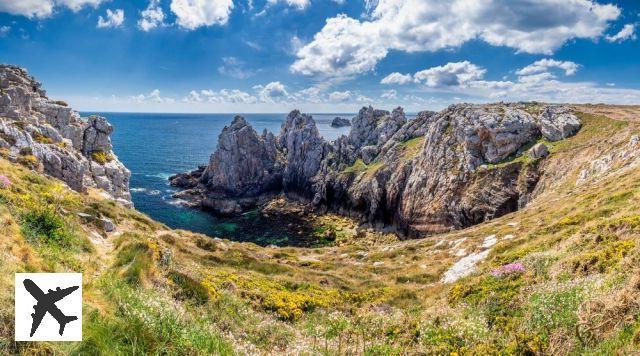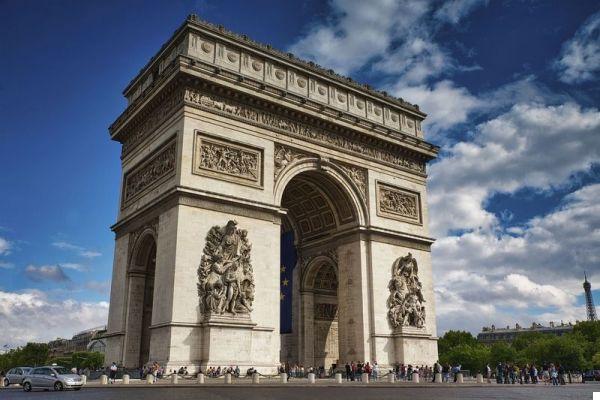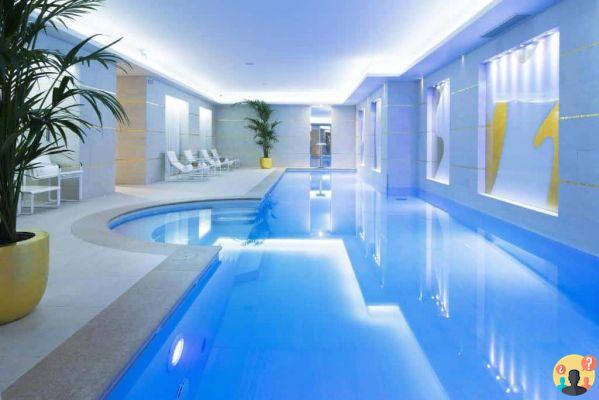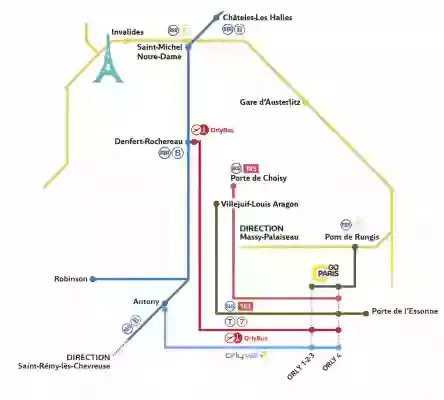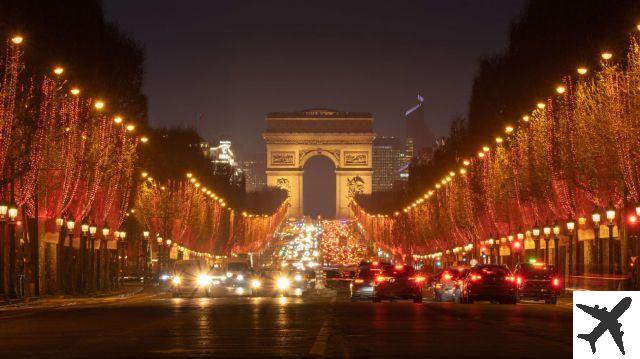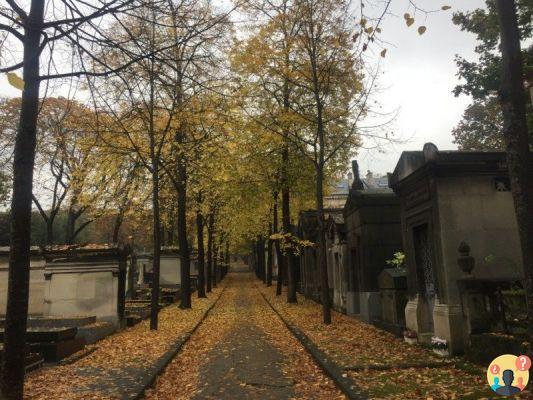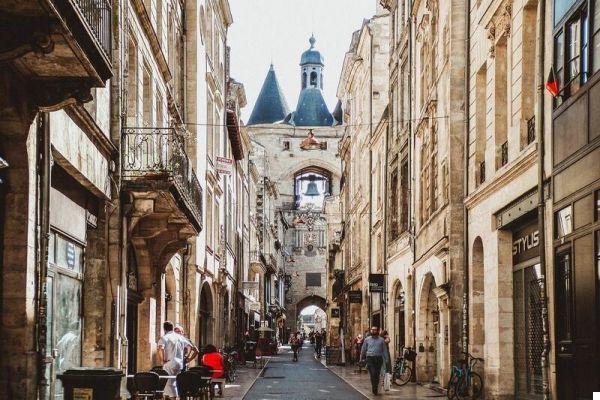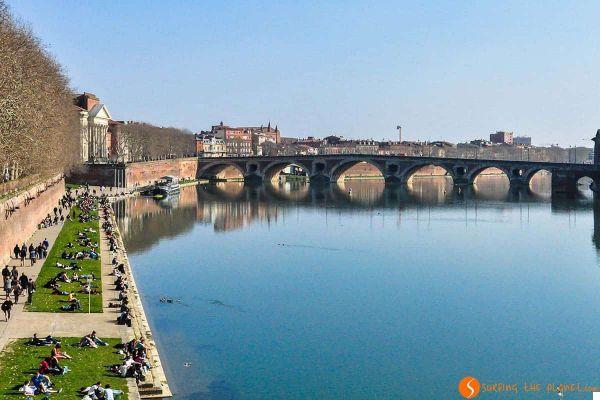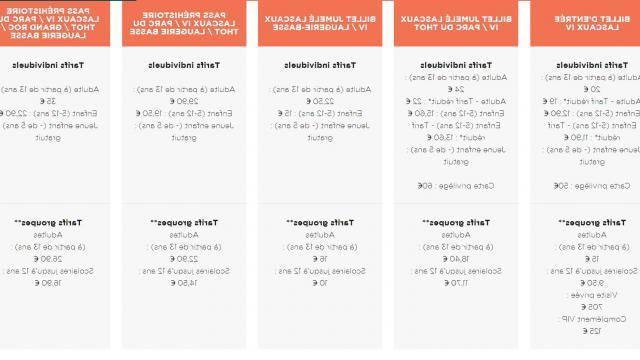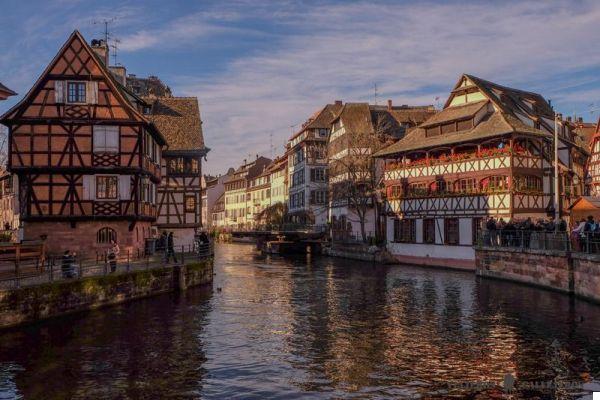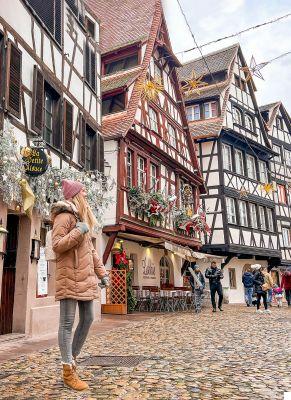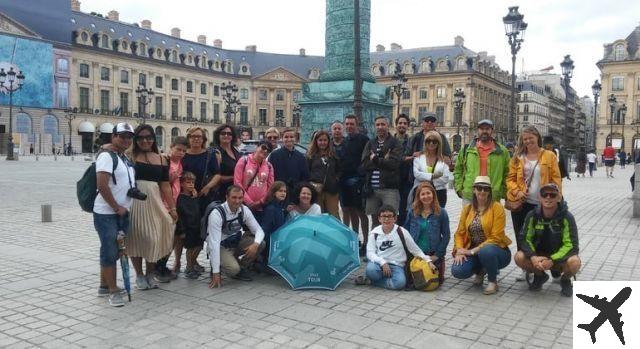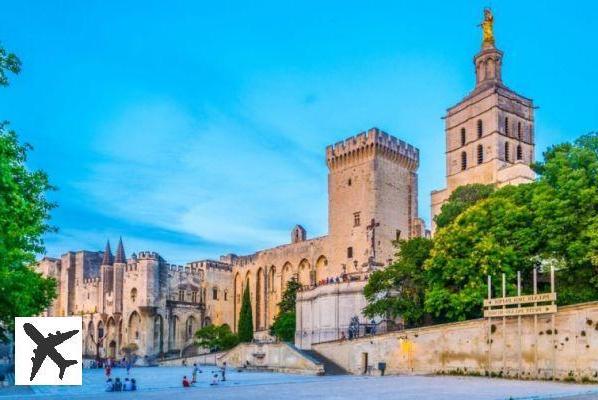
Summary
- History of the Haut-Jura Regional Nature Park
- What to see and what to do in the Haut-Jura Regional Nature Park?
- - The plateaux of the Haut-Jura
- - The Pays de Gex
- - The Valserine Valley
- - The valley of Remoray
- - The Ain and Biel valleys
- How do I get to the Haut-Jura Regional Nature Park?
- - By car
- - By train and bus
- - By plane
- Good to know
Visiting the Haut-Jura Regional Nature Park opens the door to superb landscapes and a wide range of activities in all seasons! Here is the information to prepare your stay.
The Haut-Jura Regional Nature Park covers 178,000 hectares in the southwestern part of the Jura massif near the Swiss border. It is home to real wonders: mountains, fir forests, lakes, rivers, waterfalls, mountain pastures, typical farms... A paradise for nature lovers, photographers and sports enthusiasts. There is something for everyone in the Haut-Jura: hiking, skiing or even water sports enthusiasts!
Its unspoilt landscapes with their picturesque charm await you: here is the information you need to know to visit the Haut-Jura Regional Nature Park.
Also to be read :
The 10 most beautiful waterfalls in the Jura
9 canoeing and kayaking sites in the Jura
The 8 most beautiful lakes in the Jura
History of the Haut-Jura Regional Nature Park
The Haut-Jura Regional Nature Park was created on 10 February 1986. Its vocation is to preserve the landscapes and biodiversity of this wilderness area while working for economic and environmental development. At its inception, the park had 37 municipalities. Nevertheless, it has grown over the years and now includes 122. The park covers more than 170,000 hectares in the departments of Jura, Ain and Doubs. All the communes adhere to the new charter, signed in 2012, which is articulated in three key vocations:
- "a territory built alive and animated together";
- "a territory responsible for its environment";
- "a territory that gives value to its economy".
The headquarters of the park is based in Lajoux: it is the Maison du Parc, created in 2006. Beyond the administrative management, it regularly hosts temporary exhibitions and offers cultural and educational activities related to the territory. A not necessarily necessary detour, but which can however teach you more about the region if you pass by!
What to see and what to do in the Haut-Jura Regional Nature Park?
The Haut-Jura Regional Nature Park offers a wide variety of landscapes. Discover the large lakes bordered by fir and spruce forests reminiscent of Canadian lands with soft green mountain pastures dotted with stocky farms. Marvel at the high snow-covered passes. The Parc régional naturel du Haut-Jura can be visited in all seasons.
Here are the main areas to visit, each with their own character and offering visitors different sports and cultural activities.
Also to be read: 13 places to sled dog in the Jura
The plateaux of the Haut-Jura
The Haut-Jura is home to the highest mountains in the Jura massif. The Crêt de la Neige, the highest point in the area at 1,718 metres, comes to mind. Here you will find huge fir forests and green fields with typical farms, all inhabited by a rich biodiversity. In fact, in addition to chamois and wolves, the high relief of the area is home to a large population of lynx...
A meeting place for skiers and hikers, the plateaux of the Haut-Jura attract a large number of visitors every year. Another place not to be missed in the Jura is the very popular Station des Rousses. Warm and welcoming, it offers real thrills.
Also to be read: the 14 most beautiful places in the Jura
The Pays de Gex
Pays de Gex is located on the border with Switzerland, sharing a strong character with its neighbor. Home to the Monts Jura ski resort and the Divonne-les-Bains spa resort, it can be visited in summer and winter. Numerous hiking trails cross the region, offering breathtaking panoramas.
In addition to the landscapes and sports activities, the Pays de Gex can also be visited for its culture. Discover the Château de Voltaire or Fort l'Écluse, a centuries-old military fort hidden at the foot of a mountain.
The Valserine Valley
The Valserine valley offers typical Jura landscapes: pastures, forests, ledges... It is a picturesque and relaxing setting for hikers who want to soak up everything that makes up the salt of the territory. At the Col de la Faucille, they will be able to admire a splendid view of the Alps.
The valley of Remoray
The valley of Remoray shelters traditional villages surrounded by particularly wild landscapes.
Located on the high valley of the Doubs, the nature reserve of the lake of Remoray is a unique place. It presents a great diversity of different environments, articulated around the lake of Remoray: forest, marsh, peat bog, meadow... Each of these environments shelters a rich and unique fauna and flora that will delight nature lovers. The Maison de la Réserve offers visitors the opportunity to discover this priceless natural wealth.
Also to be read: The 12 most beautiful villages of the Jura
The Ain and Biel valleys
The rivers Ain and Biel are an integral part of the Haut-Jura. They have carved valleys, gorges and balconies of great beauty into the landscape. Here, the environment is carved out of caves and waterfalls. These are areas suitable for canyoning or canoeing, which offer particularly wild landscapes because they are difficult to access.
How do I get to the Haut-Jura Regional Nature Park?
You can visit the Regional Natural Park of the Haut-Jura by accessing it through seven gateway towns : Divonne-les-Bains, Pontarlier, Ferney-Voltaire, Gex, Bellegarde-sur-Valserine, Champagnole and the Community of Communes of Oyonnax.
By car
You can reach the Haut-Jura Regional Nature Park by driving to Oyonnax from the A 40 motorway, then taking the A 404.
Alternatively, the A 39 motorway takes you to Lons-le-Saunier in the Bas Jura. From there, you can take the national and departmental roads to reach the interior of the park.
You can also take a BlaBlaCar to visit the Haut-Jura Regional Nature Park: the towns of Oyonnax, Saint-Claude and the village of Les Rousses are fairly well served.
Another solution to consider? Car rental to be completely free of your movements!
By train and bus
Most of the towns in the Haut-Jura Regional Nature Park have railway stations, but they are not always well served. The best solution is to reach a large city by train via the TGV station (Bellegarde, Pontarlier, Besançon, Dole, Mouchard, Bourg-en-Bresse, etc.), then take the bus to the destination of your choice!
By plane
There are three ways to visit the Haut-Jura Regional Nature Park by plane:
- Geneva airport: very well served nationally and internationally, it is less than an hour from the park. It is the best option ;
- the one of Dole-Jura : it proposes flights in summer, and is at about one hour from the Haut-Jura ;
- Lyon Saint-Exupéry airport: also very well served, but is more than two hours from the park.
You can find the most suitable flight by visiting our flight comparison partner.




